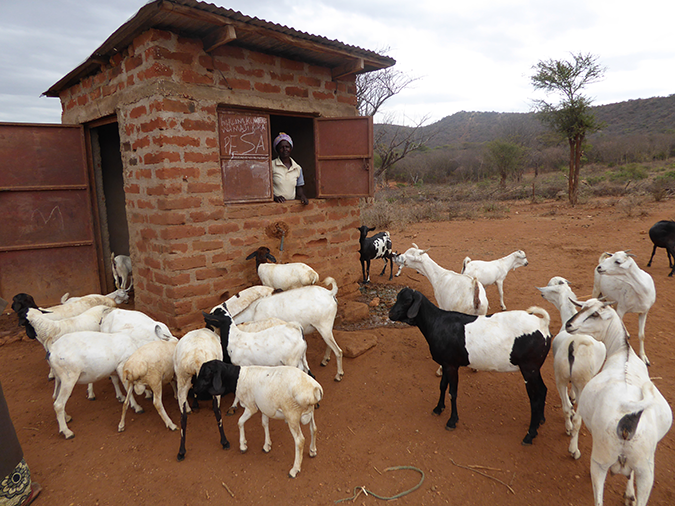Kitui County in Kenya has a population of more than one million. In the rural and semi-arid northern region of the county, people traditionally find water for drinking, cooking, washing and watering animals from a variety of unsafe sources such as hand-dug shallow wells, temporary scoop holes in dry river beds, and stored surface water in earth dams and rock catchments.
For several decades the government and NGOs have been investing in infrastructure across this rural area to improve access to clean drinking water. Numerous handpumps have been installed, as well as small piped schemes with deep boreholes powered by diesel generators, mains electricity and more recently solar panels. However, there is no unified record of basic information such as the assets that exist, where they are, who manages them and their current state of use and repair.
Since devolution, county governments are tasked with ensuring water services for the population, bringing budget decisions closer to the ground and highlighting the need for data in planning and decision making.
As a first step towards tackling this information deficit, we carried out a Water Audit in one sub-county in order to put together a comprehensive database of piped water schemes. Assisted by county government staff, a team of four enumerators visited every water scheme, met with the management committee, and collected information on the infrastructure, functionality, management, finances and water quality.
The results were presented at a WASH Forum on 25 August which was supported by UNICEF and included all stakeholders involved in water services provision in the county. Data is important for decision-makers as it can be used for evidence-based budgeting and work planning. For example, knowing that 22 schemes (45%) are not fully operational, affecting 62,000 people, can justify the necessary budget for rehabilitation. Most breakdowns are due to pump or generator failure, demonstrating the importance of preventive maintenance. The average downtime due to failure is a shocking 3-10 months; we need for a call to action on behalf of water users. Mapping the data is also a powerful tool and can highlight areas with little investment to date, clusters with a lot of infrastructure or water quality concerns (eg high salinity).
This low-cost, collaborative Water Audit methodology can be scaled up to cover the whole of Kitui County. While a one-off survey gives a snapshot of the situation, a mechanism for updating and analysing the data and a good information management system will be next steps for ensuring that up-to-date information is available for decision-makers and for holding service providers and management committees accountable.

